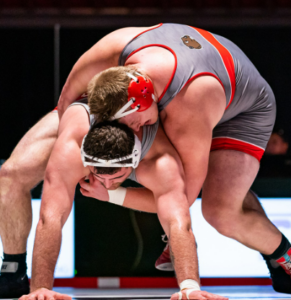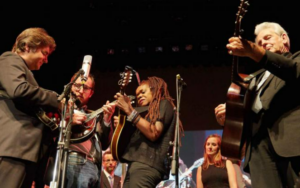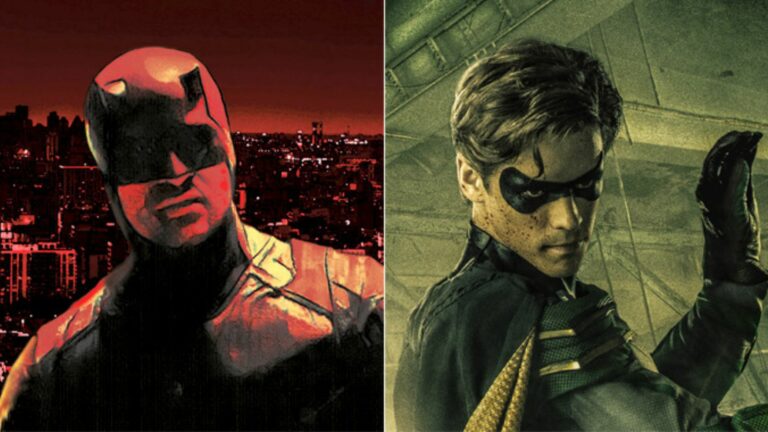In the vast landscape of American entertainment, one spectacle stands out, commanding attention with its blend of athleticism, drama, and sheer showmanship: wrestling. Far beyond the confines of a sports arena, wrestling has evolved into a captivating form of entertainment that has woven itself into the cultural fabric of America. In this exploration, let’s unravel the intricacies of wrestling and understand how it has become a unique and enduring source of entertainment.

Wrestling as a Spectacle
To begin with, wrestling, with its roots in ancient combat sports, has undergone a remarkable transformation over the years. Today, it is a carefully choreographed performance that combines elements of athleticism, storytelling, and theatricality. The wrestling ring becomes a stage where larger-than-life characters come to life, engaging in scripted battles that keep audiences on the edge of their seats. Unlike traditional sports, wrestling blurs the lines between reality and fiction. The outcomes may be predetermined, but the physicality, athleticism, and dedication of the performers are very much real. This duality is a key element that distinguishes wrestling as a unique and captivating form of entertainment.
The Persona Behind the Performance
At the heart of wrestling’s allure are the characters that grace the ring. These personas, often exaggerated and theatrical, become the focal point of storytelling. From noble heroes to cunning villains, each wrestler crafts a persona that resonates with the audience. These characters, complete with distinctive names, costumes, and catchphrases, transcend the ring and become cultural icons. Icons like “Stone Cold” Steve Austin, The Undertaker, and Dwayne “The Rock” Johnson have achieved legendary status not just for their in-ring prowess but for the charisma they bring to their characters. The blending of athleticism and theatricality allows wrestlers to create personas that resonate with fans on a personal and emotional level, fostering a deep connection that goes beyond the scripted conflicts.
Wrestling Theatrical Storytelling
Furthermore, wrestling isn’t just about physical competition; it’s a form of storytelling that unfolds with each match. The narrative arcs, rivalries, and plot twists are as integral to the experience as the acrobatic manoeuvres. The scripted drama, often filled with betrayal, redemption, and unexpected alliances, adds layers of complexity to the entertainment value. These storylines extend beyond the confines of the ring, spilling into backstage segments, interviews, and promotional events. The blurred lines between reality and fiction create a sense of unpredictability that keeps fans eagerly anticipating the next chapter in the ongoing saga.
Wrestling and American Identity
Wrestling’s influence extends beyond the realm of sports and entertainment; it has become a cultural phenomenon that reflects and shapes American identity. The over-the-top characters, the theatricality, and the fusion of sports and storytelling align with the larger-than-life ethos that is woven into the fabric of American culture. Additionally, wrestling events, whether in local arenas or grand stadiums, bring communities together. The shared experience of cheering for a favourite wrestler or booing a despised opponent fosters a sense of camaraderie among fans. Wrestle Mania, an annual wrestling extravaganza, is not just an event; it’s a cultural touchstone that attracts fans from across the nation.
Wrestling’s Reach Beyond Borders
While rooted in American culture, wrestling has achieved global recognition and popularity. Organizations like WWE (World Wrestling Entertainment) have cultivated a massive international fan base. The universal appeal of the storytelling, the athleticism, and the larger-than-life characters transcends cultural boundaries, making wrestling a global form of entertainment. Furthermore, international stars, such as Mexico’s Rey Mysterio and Japan’s Shinsuke Nakamura, have become integral parts of the wrestling landscape, adding diverse flavours to the storytelling and showcasing the global nature of the sport.
Evolution in the Digital Age
In the digital age, wrestling has embraced new avenues for reaching audiences. Streaming services and social media platforms provide fans with instant access to matches, highlights, and behind-the-scenes content. The online community becomes a space where fans discuss, speculate, and engage with the ongoing narrative, extending the reach of wrestling beyond the traditional television broadcast. Wrestlers themselves use social media to connect with fans, further blurring the lines between the scripted characters and the individuals behind them. The immediacy of digital platforms adds a new layer to the fan experience, creating a continuous dialogue between performers and their audience.
Conclusion
In conclusion, in the grand spectacle of American entertainment, wrestling stands as a unique and enduring art form. From the physicality of the ring to the theatrical storytelling, it weaves a narrative that captures the imagination of millions. Wrestling is more than just a display of athleticism; it’s a cultural phenomenon that reflects the dynamic nature of American identity. As the characters step into the ring, the audience becomes part of a shared experience that transcends scripted conflicts. Wrestling, with its larger-than-life personas and dramatic narratives, continues to shape the cultural landscape, offering a blend of sports, entertainment, and storytelling that keeps fans coming back for more. In the ring’s tale, we find a reflection of the ever-evolving nature of American culture and the enduring legacy of this captivating form of entertainment.













